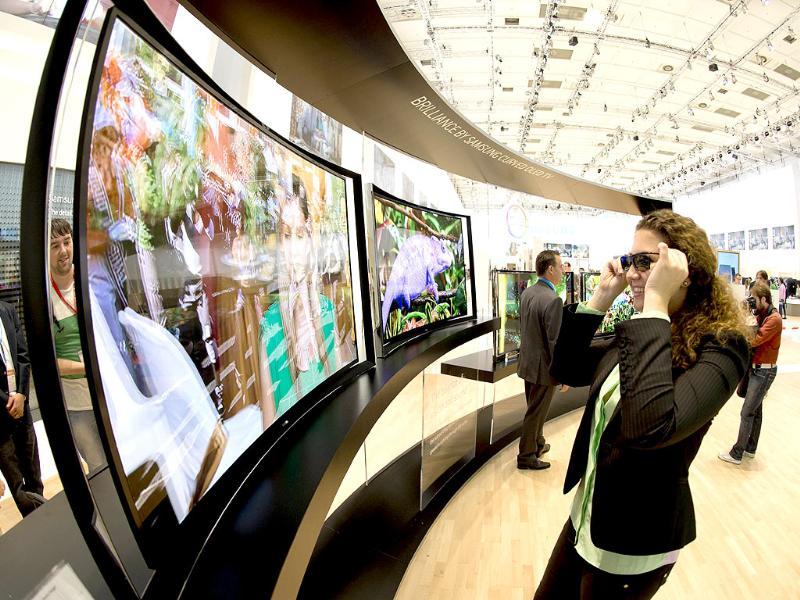Roll up TV screen soon and chill out
In what could herald an era of bendable screens, researchers at Tel Aviv University have developed a novel structure that can be used to produce thin, transparent and flexible digital displays for TV sets, smartphones and tablets.


In what could herald an era of bendable screens, researchers at Tel Aviv University have developed a novel structure that can be used to produce thin, transparent and flexible digital displays for TV sets, smartphones and tablets.
These can easily be rolled up and put away, rather than requiring a flat surface for storage and transportation.
The technology, detailed in the journal Nature Nanotechnology, harnesses bio-nanotechnology to emit a full range of colours in one pliable pixel layer - as opposed to the several rigid layers that constitute today's screens.
'Our material is light, organic and environmentally friendly. It is flexible and a single layer emits the same range of light that requires several layers today,' said Ehud Gazit, a professor and Or Berger, doctoral student, of the Department of Molecular Microbiology and Biotechnology at TAU's Faculty of Life Sciences.
By using only one layer, one can minimise production costs dramatically which will lead to lower prices for consumers as well, he added.
For this, the researchers tested different combinations of peptides: short protein fragments, embedded with DNA elements which facilitate the self-assembly of a unique molecular architecture.
Peptides and DNA are two of the most basic building blocks of life.


Using methods such as electron microscopy and X-ray crystallography, the researchers discovered that three of the molecules they synthesised could self-assemble, in a few minutes, into ordered structures.
The structures were found to emit light in every colour, as opposed to other fluorescent materials that shine only in one specific colour.
Moreover, light emission was observed also in response to electric voltage - which make it a perfect candidate for opto-electronic devices like display screens, the authors concluded
Catch all the Latest Tech News, Mobile News, Laptop News, Gaming news, Wearables News , How To News, also keep up with us on Whatsapp channel,Twitter, Facebook, Google News, and Instagram. For our latest videos, subscribe to our YouTube channel.





















